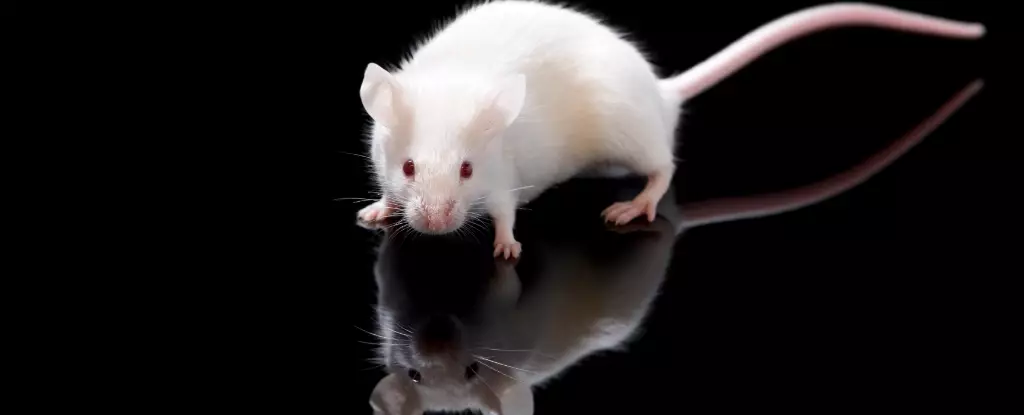The field of biomedical imaging has seen a remarkable breakthrough with researchers successfully turning parts of living mice see-through. This incredible feat of biological manipulation, accomplished by Stanford University materials scientist Zihao Ou and his team, opens up new possibilities for observing the inner workings of organisms in real-time within a living body.
By developing a biologically-safe dye that alters the light scattering properties of the cells’ surrounding fluids, the researchers were able to make tissues transparent. This innovative approach involves manipulating the refractive qualities of biological materials to reduce scattering and improve visibility. The dye, known as tartrazine, absorbs specific wavelengths of light, allowing for enhanced visualization of tissues and organs within living organisms.
The implications of this technology are vast, with potential applications ranging from improving vein visibility for blood drawing to aiding in laser-based tattoo removal and enhancing early detection and treatment of cancers. The ability to observe blood vessels, organs, and even contracting muscles in real-time has the potential to revolutionize the field of biomedical imaging.
One of the key advantages of the tartrazine dye is its biocompatibility, making it safe for use in living organisms. Additionally, the dye is cost-effective and requires only a small amount to achieve transparency in tissues. This efficiency, coupled with its safety profile, makes it a promising candidate for further research and potential clinical applications.
While the results of the study are promising, challenges remain, particularly in translating this technology to human subjects. Human skin is significantly thicker than mouse skin, raising questions about the efficacy of the method in larger organisms. Despite these challenges, the researchers are committed to exploring the potential of this technology in humans and are optimistic about its future applications.
The development of transparent tissues marks a significant advancement in the field of biomedical imaging, offering new opportunities for real-time observation and analysis of living organisms. By harnessing the principles of optics and light absorption, researchers have unlocked a powerful tool that has the potential to transform the way we study and understand biological systems. As this technology continues to evolve, it holds promise for a wide range of applications in biomedicine and beyond.


Leave a Reply